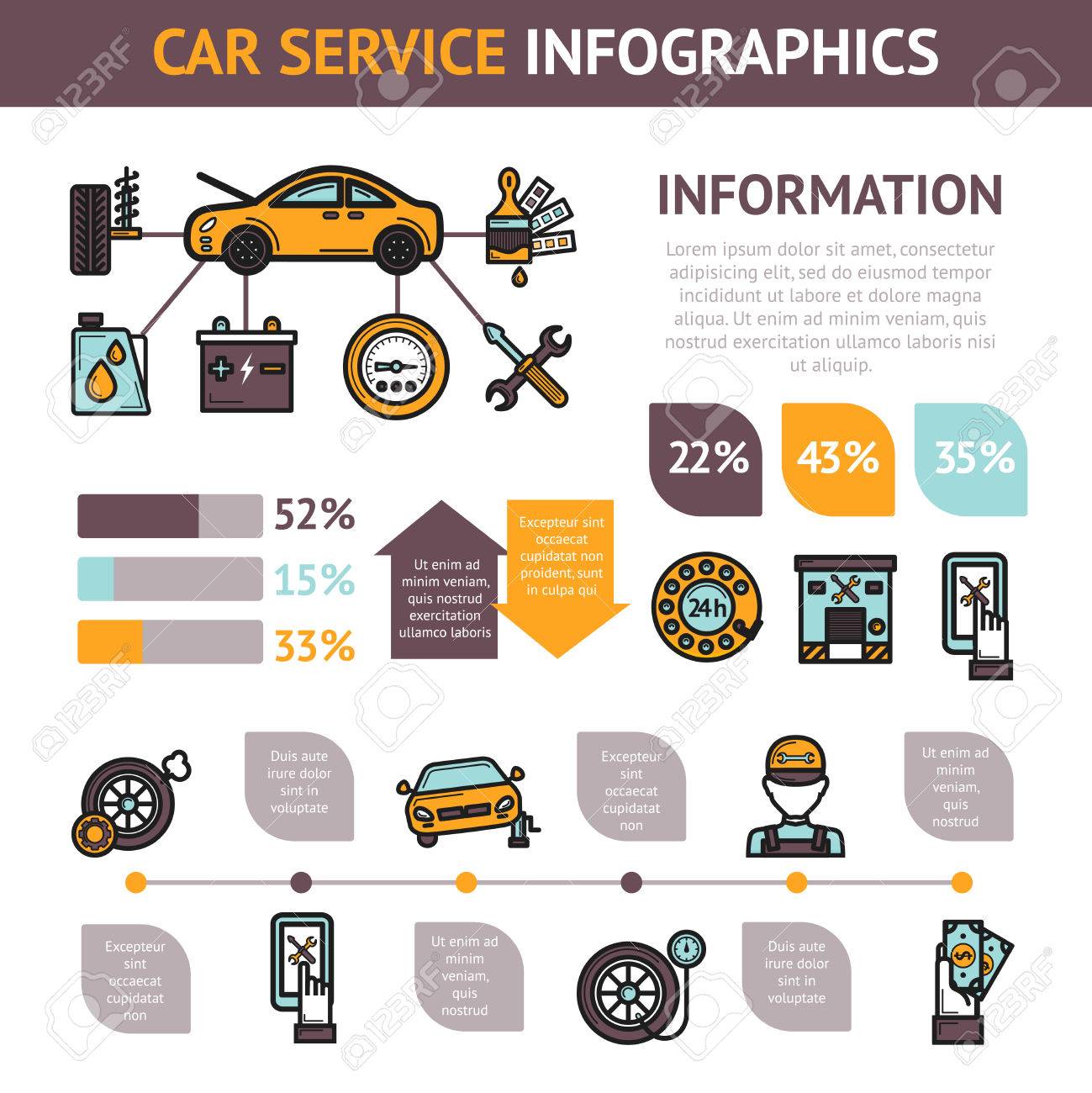Fascinated In Comprehending The Warning Lights On Your Car'S Dashboard? Discover Their Significance For Your Car'S Safety And Overall Condition
Fascinated In Comprehending The Warning Lights On Your Car'S Dashboard? Discover Their Significance For Your Car'S Safety And Overall Condition
Blog Article
Post Author-Termansen Stark
When you're behind the wheel, those radiant warning lights on your dashboard can be a bit difficult. Do you understand what they're trying to inform you concerning your auto's health? Comprehending the value of these lights is essential for your safety and the longevity of your car. So, the next time one of those lights pops up, would not you want to understand its message precisely and take the necessary actions to resolve it?
Common Caution Lights and Interpretations
Recognize typical warning lights in your auto and recognize their definitions to make sure safe driving.
One of the most normal warning lights include the check engine light, which indicates problems with the engine or discharges system. If this light begins, it's critical to have your lorry checked promptly.
The oil pressure cautioning light indicates low oil pressure, calling for immediate attention to stop engine damage.
A flashing battery light could recommend a faulty charging system, potentially leaving you stranded otherwise dealt with.
https://quickoilchangenearme28395.thelateblog.com/30804924/buckle-up-for-a-revealing-consider-the-concealed-treasures-of-top-tier-auto-service-center-that-will-certainly-transform-your-automobile-maintenance-routine tracking system (TPMS) light signals you to reduced tire stress, influencing vehicle stability and fuel efficiency. Ignoring this might bring about dangerous driving conditions.
The ABS light indicates a trouble with the anti-lock stopping system, endangering your capability to stop rapidly in emergencies.
you could try these out but not least, the coolant temperature level cautioning light warns of engine overheating, which can result in serious damage if not solved swiftly.
Understanding these usual caution lights will certainly aid you deal with issues without delay and preserve safe driving conditions.
Significance of Prompt Focus
Comprehending the common caution lights in your vehicle is just the very first step; the significance of immediately attending to these warnings can't be stressed sufficient to ensure your safety and security when traveling.
When a warning light brightens on your control panel, it's your cars and truck's method of connecting a prospective concern that needs attention. Neglecting these cautions can cause much more severe issues down the road, endangering your safety and potentially costing you a lot more in repairs.
Prompt attention to cautioning lights can protect against breakdowns and accidents. As an example, a blinking check engine light can show a misfire that, if left unattended, could create damage to the catalytic converter. Addressing this without delay can save you from a pricey repair work.
Similarly, a brake system cautioning light might indicate reduced brake liquid or worn brake pads, crucial components for your security when driving.
Do It Yourself Troubleshooting Tips
If you observe a warning light on your control panel, there are a couple of DIY fixing suggestions you can attempt before seeking professional assistance.
The very first step is to consult your vehicle's manual to recognize what the particular caution light suggests. Often the concern can be as straightforward as a loosened gas cap causing the check engine light. Tightening up car cleaners may resolve the issue.
One more typical issue is a reduced battery, which can trigger numerous warning lights. Checking the battery connections for corrosion and ensuring they're safe and secure may deal with the trouble.
If a caution light continues, you can attempt resetting it by separating the cars and truck's battery for a few minutes and afterwards reconnecting it. In addition, examining your vehicle's liquid degrees, such as oil, coolant, and brake fluid, can help repair advising lights associated with these systems.
Verdict
In conclusion, recognizing your vehicle's caution lights is essential for keeping your car running efficiently and securely. By without delay attending to these signals and recognizing what they mean, you can stay clear of pricey repair services and potential breakdowns.
Bear in mind to consult your auto's handbook for certain information on each cautioning light and take action appropriately to ensure a hassle-free driving experience.
Keep informed, stay safe when traveling!
